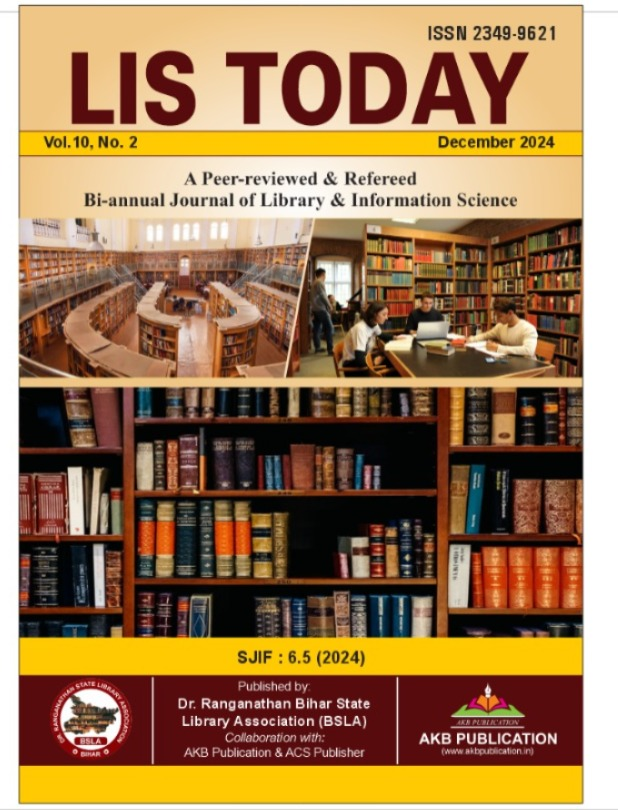Impact of E-Learning on Higher Education during Covid-19 Pandemic
Keywords:
E-learning, Covid-19, Higher educationAbstract
Introduction: In today's scenario learning has stepped into the digital world, in which teaching professionals and students are virtually connected. E-learning is quite simple to understand and implement. The use of a desktop, laptop, or smart phones and the internet forms a major component of this learning methodology. e-learning provides rapid growth and proved to be the best in all sectors, especially in education during this lockdown. Purpose: This study aims to assess the impact of E-learning on higher education during Covid-19 pandemic among students and teachers. Methods: An online survey was conducted to collect the data. Teachers and students were selected from different colleges who were conducting online classes during the Covid-19 pandemic. Result: The study found that, a total number of responses are 396 out of which 89.9% students are of Bachelor’s Degree and 10.1% teachers of Bachelor’s Degree responded to it. Out of 396 responses 249 of the respondents pointed out that online class facility is sufficient to grasp the subject well and 147 of the respondents disagree to it. 74.2% respondents are of the opinion that e-learning is useful for higher education and 25.8% of respondent are disagree for it. Conclusion: The study concludes that e-learning can provide a personal learning experience and is useful for higher education. E-learning helps the users in finding their information easily and there by improve the quality of learning.
References
[1]. Ebner, M., Schön, S., Braun, C., Ebner, M., Grigoriadis, Y., Haas, M., ...&Taraghi, B. (2020). COVID-19 Epidemic as E-Learning Boost? Chronological Development and Effects at an Austrian University against the Background of the Concept of “E-Learning Readiness”. Future Internet, 12(6), 94.
[2]. Gonzalez, T., de la Rubia, M. A., Hincz, K. P., Comas-Lopez, M., Subirats, L., Fort, S., & Sacha, G. M. (2020). Influence of COVID-19 confinement on students’ performance in higher education. PloS one, 15(10), e0239490.
[3]. Jha, A. K., & Arora, A. (2020). The neuropsychological impact of E-Learning on children. Asian journal of psychiatry, 54, 102306. Advance online publication. https://doi.org/10.1016/j.ajp.2020.102306 [4]. Kumar, S. C. (2019). Awareness, benefits and challenges of E-Learning among the students of Kurukshetra University Kurukshetra: A study. International Journal of Information Dissemination and Technology, 8(4), 227-230.
[5]. Kundu, A., &Dey, K. N. (2018). A Contemporary Study on the Flourishing E-Learning Scenarios in India. [6]. Muthuchamy, I. &Thiyagu, K. (2011). Technology and Teaching: Learning Skills, Kalpaz Publications: India.
[7]. Radha, R., Mahalakshmi, K., Sathis Kumar, V., &Saravanakumar, A. R. (2020). E-Learning during lockdown of Covid-19 pandemic: a global perspective. International journal of control and automation, 13(4), 1088-1099.
[8]. Shahzad, A., Hassan, R., Aremu, A. Y., Hussain, A., &Lodhi, R. N. (2020). Effects of COVID-19 in E Learning on higher education institution students: the group comparison between male and female. Quality & Quantity, 1-22.
[9]. Subedi, S., Nayaju, S., Subedi, S., Shah, S. K., & Shah, J. M. Impact of E-Learning during COVID-19 Pandemic among Nursing Students and Teachers of Nepal.

